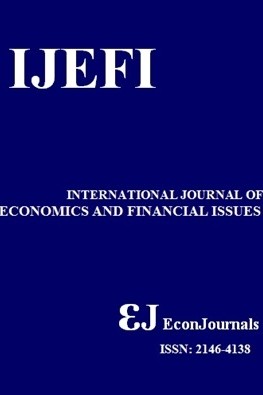Tax Elasticity in Sierra Leone: A Time Series Approach
Tax Elasticity in Sierra Leone: A Time Series Approach
The fiscal authorities in Sierra Leone introduced series of reforms in the tax system ranging from continual revisions in tax rate to harmonization and instituting new taxes that are relatively easy to collect. Despite these measures, the output of the tax system as measured by the tax/GDP ratio remains very low averaging 11 per cent contributing to higher fiscal deficits. This study examined the base elasticity of the tax system in Sierra Leone and its major handles using annual data covering the period between 1977and 2009.The Singer method of dummy variables was employed in order to make adjustment for the effect of discretionary tax measures and then compare buoyancy and elasticity measures. The empirical results indicated that buoyancy estimates were higher than elasticity estimates; and that short-run elasticities were lower than the static long-run elasticities. Estimation results further showed that discretionary tax measures were effective in mobilizing additional tax revenues and that the tax system was inelastic during the period.
Keywords:
Tax elasticity, Tax Buoyancy Tax Revenue, Sierra Leone,
- Başlangıç: 2011
- Yayıncı: İlhan ÖZTÜRK
Sayıdaki Diğer Makaleler
A Review of the Effect of Social Capital on Human Development in Iran
Mohammad Javad RAZMİ, Sahar Sherkat BAZAZAN
Universal Banking and Credit Risk: Evidence from Tunisia
Abdelaziz HAKIMI, Hichem DKHILI, Wafa KHLAIFIA
Does Uncovered Interest Rate Parity Hold in Turkey?
Impact of Trade Openness on Output Growth: Co integration and Error Correction Model Approach
Output Volatility and Exchange Rate Considerations Under Inflation Targeting : A Review
Poverty, Growth and Inequality in Developing Countries
Housseima GUİGA, Jaleleddine Ben REJEB
Affects of Working Capital Management on Firm’s Performance: Evidence from Turkey
Gamze VURAL, Ahmet Gökhan SÖKMEN, Emin Hüseyin ÇETENAK
